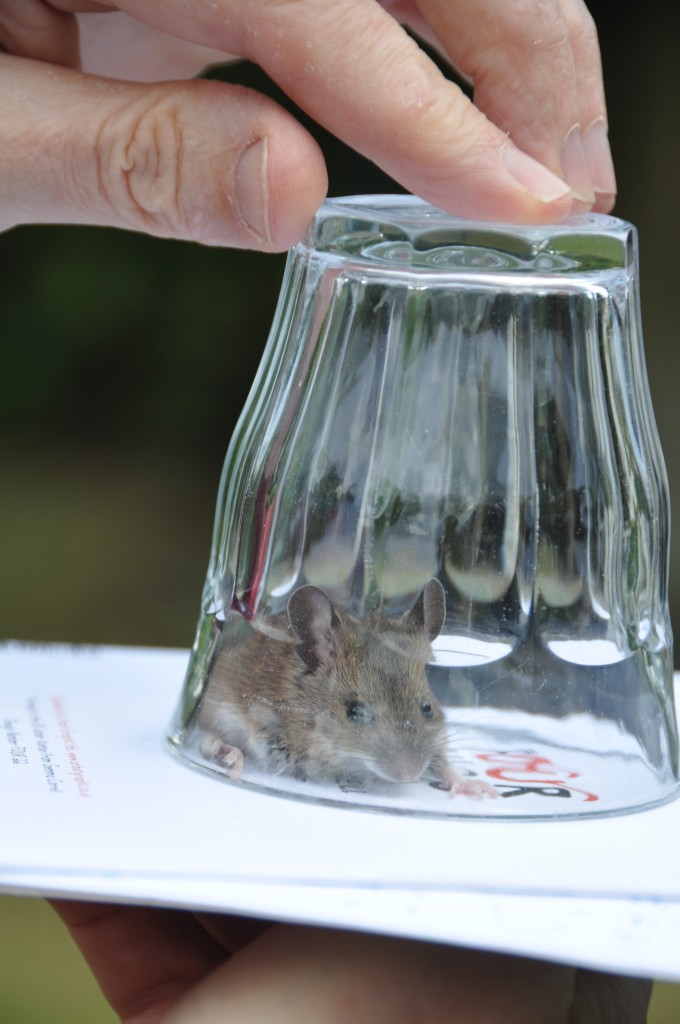Hundreds of children, including some as young as five, are being expelled or temporarily excluded from school for sexual misconduct including abuse, assault, harassment and watching pornography, according to new figures.
The research reveals that pupils are being disciplined for a wide range of incidents described as sexual misconduct, including bullying and “lewd” behaviour, as well as sharing indecent images on social media.
Figures obtained via a freedom of information request by the Press Association from 15 local authorities found 754 children had been expelled or temporarily excluded from school as a result of sexual misconduct in the past four years.
And this is after a damning report produced for parliament on sexual harassment and violence in schools last year.
& whilst no doubt there are many downsides to sending my kids to single sex schools, I am very glad to have missed this shit.
UK Government report Conclusions:
1.Sexual harassment and sexual violence in schools is a significant issue which affects a large number of children and young people, particularly girls, across the country. Evidence shows that the majority of perpetrators of this abuse are boys, and the majority of victims are girls. However it is essential that the negative impact on both boys and girls is recognised and addressed.
2.There is insufficient data to conclusively demonstrate that sexual harassment and sexual violence in schools is a growing problem. It is true that such behaviour has occurred in schools for many years, as in wider society. However, significant qualitative evidence suggests that increasing access to pornography and technological advances, including online platforms, can facilitate harassment and violence and thus exacerbate the problem.
3.Teachers, parents, young people and third sector organisations are telling us that sexual harassment and sexual violence in schools is having an impact on young people and school life. Consequences include: physical and emotional harm, including teenage pregnancy and sexually transmitted diseases; girls feeling unable to fully participate in educational and extra-curricular opportunities; teachers spending valuable time dealing with incidents of sexual harassment and bullying; and young people developing a sense that sexual harassment and sexual violence are acceptable behaviours and learning social norms that are carried through to adult life.
4.The Government and schools must make tackling sexual harassment and sexual violence an immediate policy priority.
5.Schools lack the guidance, training and structures to deal with incidents of sexual harassment and sexual violence. Too often such incidents are brushed aside by staff and not taken sufficiently seriously by school leaders.
6.We welcome the new sexting guidance for schools. However, guidance on specific areas of harassment is not sufficient to deal with sexual harassment and sexual violence in schools.
7.We welcome the fact that the Government has committed to further amending Keeping Children Safe in Education guidance. We are also encouraged that the Government has said the Committee may be able to feed into this. However, it is disappointing that it has taken this inquiry for the Government to address sexual harassment and sexual violence in schools within this key piece of statutory guidance.
8.We recommend that Keeping Children Safe in Education should directly reference sexual harassment and sexual violence. It should refer schools to a whole school approach as the most effective means of tackling this problem. Specialists working in the field of sexual harassment and violence against women and girls should be consulted on the best ways to draft these revisions to KCSIE.
9.There is no reason why sexual harassment should not be included alongside racist, homophobic and disability-based bullying in Ofsted or Government guidance. We welcome the Minister’s commitment to raising this issue with Ofsted and look forward to both Ofsted and the Government’s guidance being amended urgently.
10.Ofsted and Government guidance on bullying should be amended immediately to include direct reference to sexual harassment and resources for how to deal with it.
11.There is overwhelming evidence that schools want, and need, clear national guidance on how to tackle sexual harassment and sexual violence. We agree that different schools may wish to tackle the problem of sexual harassment and sexual violence in different ways. It is also important that, whilst all schools must meet national standards, they should be encouraged to surpass these expectations whenever possible.
12.Sexual harassment and sexual violence in schools will only be reduced through a whole school approach. This must involve all staff, students, governors and parents, in addition to local child safeguarding bodies, police and specialist third sector organisations. Schools need guidance on how to implement this approach effectively. The Welsh Government offers a useful model for how this can be achieved.
13.The Department for Education should develop, publish and publicise national guidance on adopting a whole school approach to reducing and preventing sexual harassment and sexual violence in all primary and secondary schools. This guidance should be published so schools can implement it in September 2017.
14.It is clear that, in addition to amending current guidance, new legislation is needed to ensure tackling sexual harassment and sexual violence becomes a priority for all schools.
15.The Government should create a statutory obligation in the forthcoming Education Bill for all schools, primary and secondary, to develop a whole school approach to preventing and tackling sexual harassment and sexual violence. We also recommend that the Department for Education remind all school Governors of their legal obligations to address sexual harassment and sexual violence in school. Guidance and support on how to achieve this most effectively should be provided to Governing Bodies.
16.We recommend that police data record the incidence of sexual harassment and sexual violence in schools specifically. This would allow forbetter analysis of the prevalence and increase/decrease of this problem.
17.Understanding the scale, location and relative incidence of sexual harassment and sexual violence in schools is key to addressing it. However, current data collection has been shown to be inadequate. Schools need better guidance on what constitutes sexual harassment and sexual violence; and how incidents should be recorded and reported. There is scope for improved cooperation between schools and other agencies, like the police, working in this area.
18.As part of the whole school approach guidance we have recommended, the Government should ensure all schools receive clear definitions of what constitutes sexual harassment and sexual violence. Schools also need information on how to record, monitor and respond to incidents, including when to report them to the police. All schools should collect this data. It should be collated nationally and published annually.
19.We agree with the majority of experts we heard from that Ofsted should be monitoring State-funded schools’ actions in preventing and tackling sexual harassment and sexual violence and supporting survivors. It is already tasked with inspecting how adequately schools are safeguarding pupils and has a well-established school inspection regime in place.
20.In order for Ofsted to successfully monitor schools’ progress in this area, it must update its training and guidance by September 2017 so all schools are inspected on how effectively they are preventing and dealing with sexual harassment and sexual violence.
21.We welcome the new standards the Government has implemented for safeguarding children’s welfare in independent schools. However, these changes do not directly address the continuum of sexual harassment and sexual violence in schools.
22.The obligation on schools to prevent and address sexual harassment and sexual violence that we called for must include independent schools.
23.Good quality SRE is shown to have a positive impact, helping to reduce sexual harassment and sexual violence. The evidence clearly shows that current provision of education in this area is patchy and largely inadequate.
24.By the time they reach secondary school children often have entrenched views about gender norms. It is therefore important that children are educated about gender equality, consent, relationships and sex in an age appropriate way starting in primary school.
25.Excellent resources to teach children and young people about gender equality, relationships, sex and consent, in age appropriate ways, already exist. But at the moment only a minority of schools are delivering good teaching in this area. The Government must take a lead in ensuring that all children have access to high quality SRE and it does not remain the privilege of a few. Making SRE a statutory subject is the first step towards achieving this. The vast majority of parents, pupils and teachers support statutory PSHE/SRE, as do health professionals, the police and other experts working in the field.
26.We welcome the Government’s response that the status of PSHE and SRE is currently under review.
27.We recommend that PSHE and SRE are made statutory subjects as part of the new Education Bill.
28.There is a clear need and desire for better training to support teachers, other school staff and Governors to address the issue of sexual harassment and sexual violence, both in SRE and through a whole school approach.
29.As part of its ongoing review of Initial Teacher Training, we recommend that the Government assess the most effective ways to ensure all school staff are well trained to deal with and prevent sexual harassment and sexual violence. The Government should report back to us with their findings and plan of action by March 2017.
30.Too often, SRE ignores the position of boys and young men. It must be broadened to challenge harmful notions of masculinity and reflect boys’ experiences. It should also support boys to challenge and reduce sexual harassment and sexual violence.
31.We welcome the Government’s interest in supporting boys and young men to be part of the solution to the problem of sexual harassment and sexual violence. We recommend that the Government fund research to establish the most effective ways to achieve this.
32.Parents have an important role to play in reducing levels of sexual harassment and sexual violence. Taking a whole school approach to this problem will mean parents are fully engaged and supported to address the issue with their children.
33.Specialist sector organisations play an important role in delivering high quality SRE, as well as supporting schools and pupils when disclosures about sexual harassment and sexual violence are made. It is essential that these organisations are able access adequate resources so they can continue to support schools and young people.
34.The Government should create a fund to support specialist sector organisations to use their expertise to help schools tackle sexual harassment and sexual violence.
35.Widespread access to pornography appears to be having a negative impact on children and young people’s perceptions of sex, relationships and consent. There is evidence of a correlation between children’s regular viewing of pornography and harmful behaviours. The type of pornography many children are exposed to is often more extreme than adults realise.
36.Current Government guidance on teaching SRE was last updated 16 years ago and has no reference to pornography. There is a clear need for better guidance to schools on how to approach this sensitive topic in an age appropriate manner.
37.The Government should immediately update its guidance on SRE to include teaching about pornography. The new guidance should offeradvice to schools about how to approach this topic in an age appropriate way. It should also include suggestions of how schools can work in partnership with parents to address the impact of pornography on children’s perceptions of sex, relationships and consent.
38.We welcome the Government’s forthcoming legislation for age verification of pornographic websites. However, age verification legislation will only contribute to reducing sexual harassment and sexual violence in conjunction with the other recommendations made throughout this report.












































